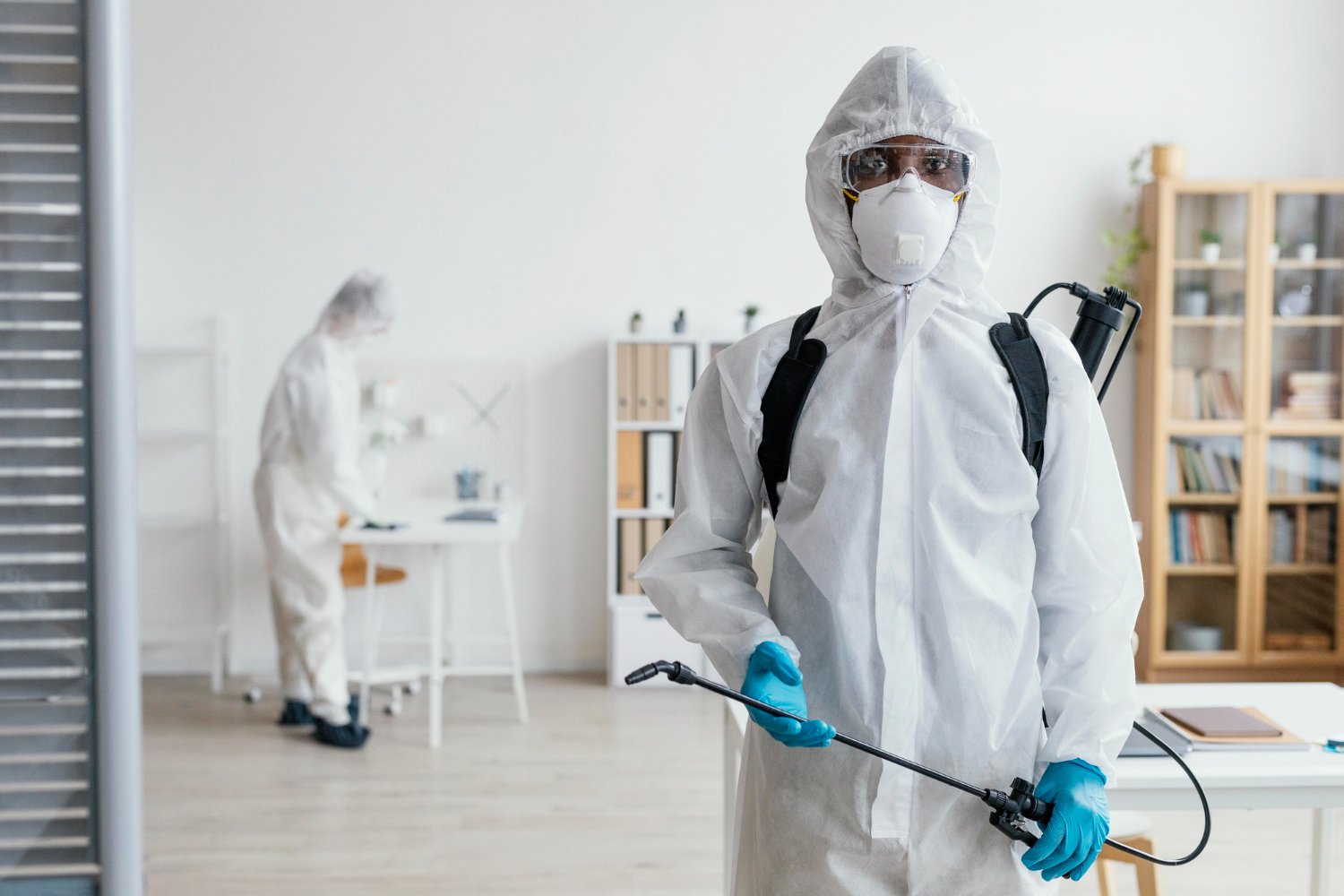Reliable A1 Bed Bug Treatment in Charlotte - Safe and Proven Methods
Wiki Article
Bed Insect Therapy Break Down: Comparing Chemical Vs. Non-Chemical Solutions
In the realm of bug control, especially when handling the relentless problem of bed bugs, the option in between chemical and non-chemical treatment options can be a crucial one. Both techniques supply distinct benefits and drawbacks, influencing aspects such as performance, security factors to consider, and overall cost. By checking out the nuanced details of each approach, a clearer understanding of which path to go after in attending to a bed bug invasion can be obtained.Efficiency of Chemical Therapies
Chemical therapies for bed pest invasions have been extensively identified for their quick and potent efficacy in eliminating these pests. When thinking about the performance of chemical therapies, it is vital to recognize that they can give a fast and thorough solution to a bed insect trouble. Specialist pest control specialists typically depend on pesticides to target bed pests at numerous phases of their life cycle, including adults, eggs, and fairies. These chemicals generally work by disrupting the bed bugs' nerves, resulting in paralysis and eventual fatality.Furthermore, chemical treatments have the benefit of offering recurring effects, suggesting that they can proceed to get rid of bed insects also after the preliminary application. This residual action is especially helpful in combating any possible re-infestations. Furthermore, the fast action of chemical therapies can bring relief to individuals encountering severe bed pest infestations, enabling them to reclaim control of their living areas swiftly.
Safety Interest In Chemical Solutions
One crucial facet that calls for careful factor to consider when utilizing chemical remedies for bed pest treatment is guaranteeing the security of occupants and the environment. Exposure to specific chemicals used in bed pest treatments can lead to respiratory problems, skin irritation, or other damaging reactions, especially in people with pre-existing problems or sensitivities.Furthermore, the ecological impact of chemical services is one more considerable factor to consider. Some pesticides made use of in bed bug treatments might be dangerous to useful pests, wildlife, and ecological communities if they seep into the soil or water supply. It is important to make use of chemical treatments deliberately, following safety standards, and taking into consideration less hazardous choices to reduce these risks and make certain the reliable and safe monitoring of bed bug problems.
Advantages of Non-Chemical Techniques
Thinking about the potential safety worries and ecological influence related to chemical solutions for bed bug treatment, checking out non-chemical techniques offers an appealing option with a number of distinct advantages. Non-chemical methods provide a safer option for households, specifically those with children, individuals, or pets conscious rough chemicals. These strategies remove the dangers of exposure to poisonous materials, minimizing the possibility for unfavorable wellness impacts. Moreover, non-chemical therapies are eco-friendly, as they do not add to air or water contamination, making them a sustainable selection for pest control.Furthermore, non-chemical remedies can be effective in targeting bed insects, consisting of hard-to-reach locations where chemical treatments may not pass through - A1 bed bug exterminator charlotte. Approaches such as heat treatment, vacuuming, heavy steam cleaning, and mattress encasements offer thorough removal without the usage of unsafe chemicals.
Limitations of Non-Chemical Treatments

Furthermore, non-chemical treatments typically call for multiple applications to attain successful eradication. This can be taxing and might not constantly assure complete elimination of all bed insects and their eggs, particularly in hard-to-reach or surprise locations.
Moreover, the success of non-chemical therapies greatly depends on appropriate execution and thoroughness, which can be testing for people without professional know-how. Insufficient application of non-chemical approaches might cause incomplete removal, leading to consistent invasions and the requirement for additional treatments.
Consequently, while non-chemical therapies have their benefits, it is important to acknowledge these restrictions and consider them when determining the most effective method for handling bed insect invasions.
Cost Comparison: Chemical Vs. Non-Chemical Options
Offered the limitations related to non-chemical treatments, an essential aspect to assess in the context of bed bug management is the expense comparison in between chemical and non-chemical options. Chemical treatments normally involve the application of insecticides by specialists, which can vary from $250 to $900 per space, depending on the extent of the invasion and the Continued size of the location to be dealt with. On the other hand, non-chemical therapies like warm therapy or vapor can be a lot more expensive, with costs varying from $1,000 to $6,000 for an entire home. While the initial price of chemical treatments might seem reduced, several therapies might be needed to fully eliminate the invasion, potentially enhancing the overall price. On the various other hand, non-chemical options might supply a more environment-friendly and sustainable service, although they can be cost-prohibitive for some people. Eventually, when thinking about the cost of bed insect treatment choices, it is essential to consider the in advance expenses versus the effectiveness and long-lasting sustainability of the chosen approach.Final Thought

Considering the possible security worries and environmental impact connected with chemical options for bed bug therapy, checking out non-chemical approaches provides an encouraging alternative with a number of unique advantages.Provided the restrictions linked with non-chemical therapies, an essential facet to examine in the context of bed pest management is the cost comparison between chemical and non-chemical choices. In contrast, non-chemical treatments like warmth treatment or heavy steam can be extra pricey, with prices varying from $1,000 to $6,000 for a whole home. While the initial cost of chemical treatments might appear lower, numerous therapies may be needed to completely get rid of the infestation, potentially enhancing the general expense.In verdict, when contrasting chemical and non-chemical bed insect treatment options, it is crucial to take into consideration efficiency, security, benefits, constraints, and expense.
Report this wiki page